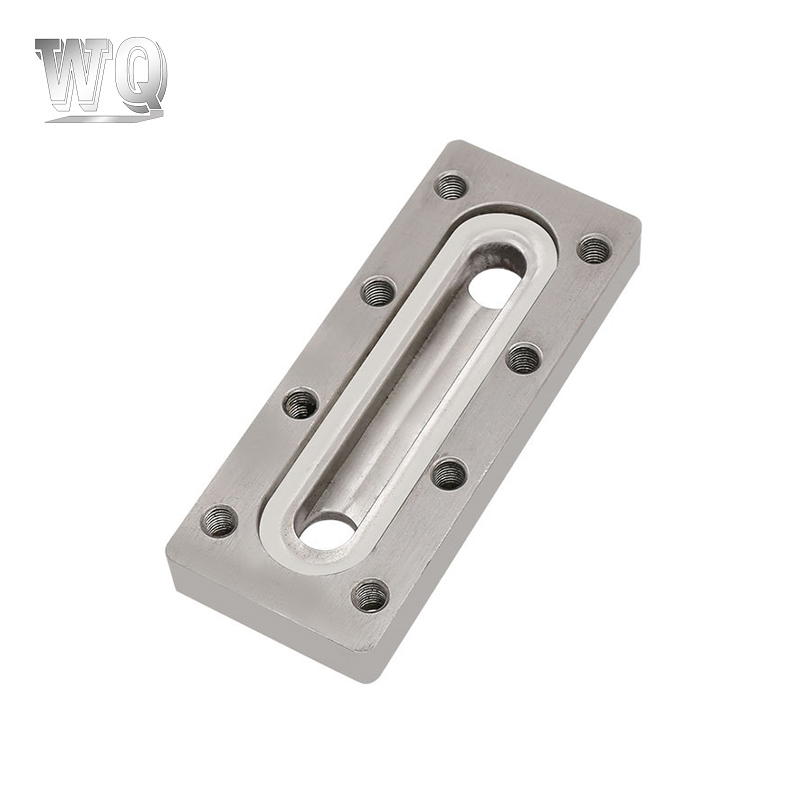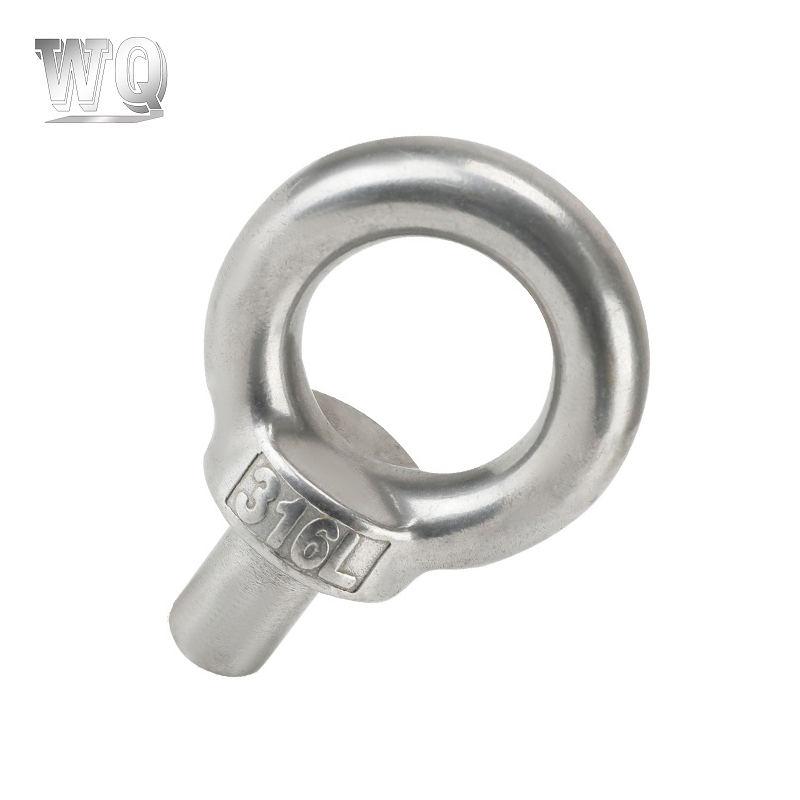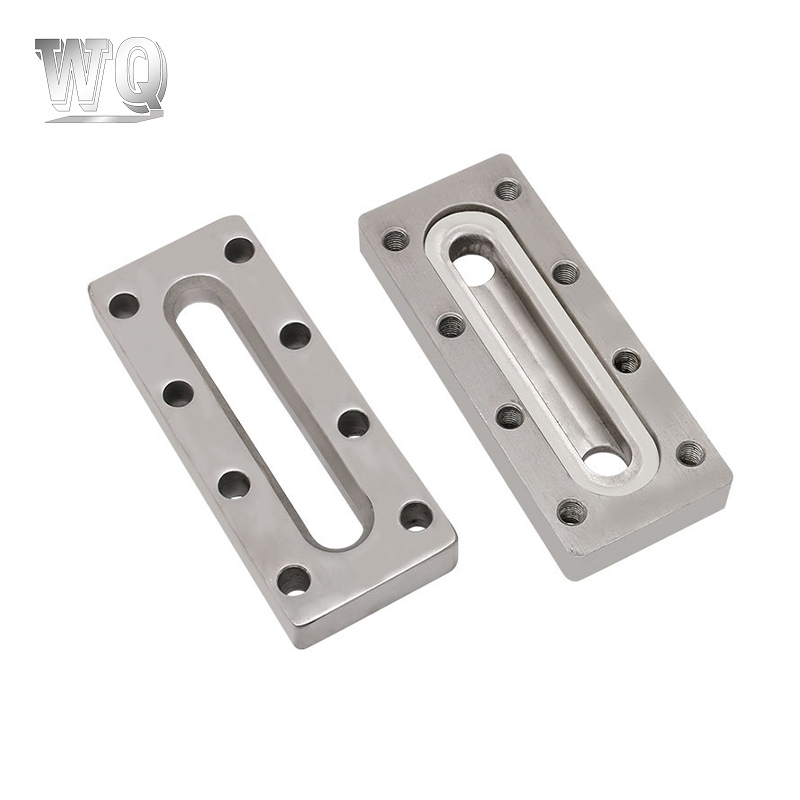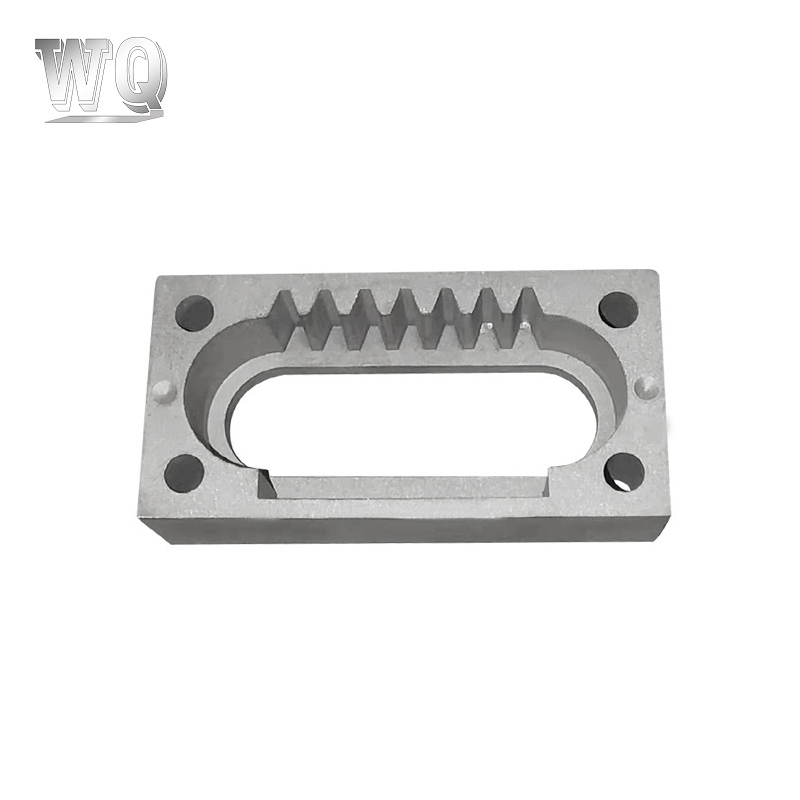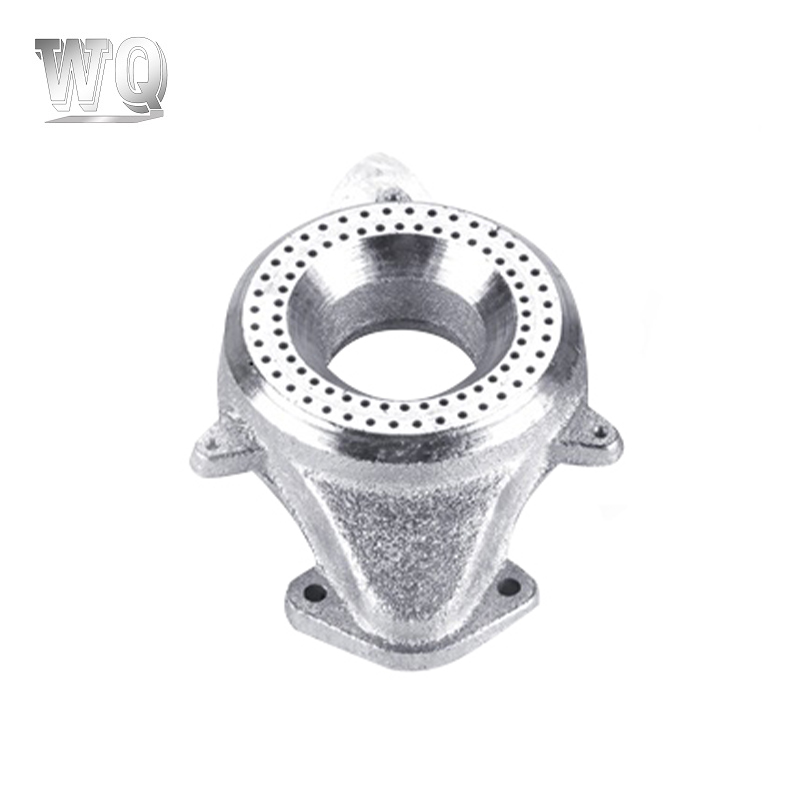To make the BBQ Grill Burners Stainless Steel have good corrosion resistance, it is necessary to start from multiple aspects such as material selection, surface treatment, use environment and daily maintenance. The following is a detailed analysis and suggestions:
Choose the right stainless steel material
Choose a stainless steel grade with high corrosion resistance
Stainless steel has different grades, among which 304 stainless steel and 316 stainless steel are the most commonly used materials in BBQ grill burners.
304 stainless steel: Suitable for most homes and light outdoor environments, with good corrosion resistance and high temperature resistance.
316 stainless steel: Contains molybdenum, has stronger corrosion resistance, and is particularly suitable for use in high humidity or salt spray environments (such as coastal areas).
If the budget allows, 316 stainless steel is preferred to ensure long-term durability.
Pay attention to the thickness of the material
Thicker stainless steel plates can reduce structural damage caused by corrosion. It is recommended to choose a burner with a thickness of not less than 0.8 mm to enhance its corrosion resistance.
Optimize the surface treatment process
Polishing treatment
The polished stainless steel surface is smoother, which can reduce the adhesion of dirt, grease and moisture, thereby reducing the risk of corrosion.
Common polishing methods include mirror polish and brushed polish, the latter of which is more suitable for outdoor use because its texture can hide minor scratches.
Passivation treatment
Passivation is a chemical treatment process that can form a dense protective film of chromium oxide on the surface of stainless steel, further improving its corrosion resistance.
Stainless steel burners that have been passivated can maintain their gloss and performance longer in humid environments.
Coating technology
Some high-end burners may use special ceramic or high-temperature resistant coatings, which not only prevent corrosion, but also reduce grease residue and improve thermal efficiency.
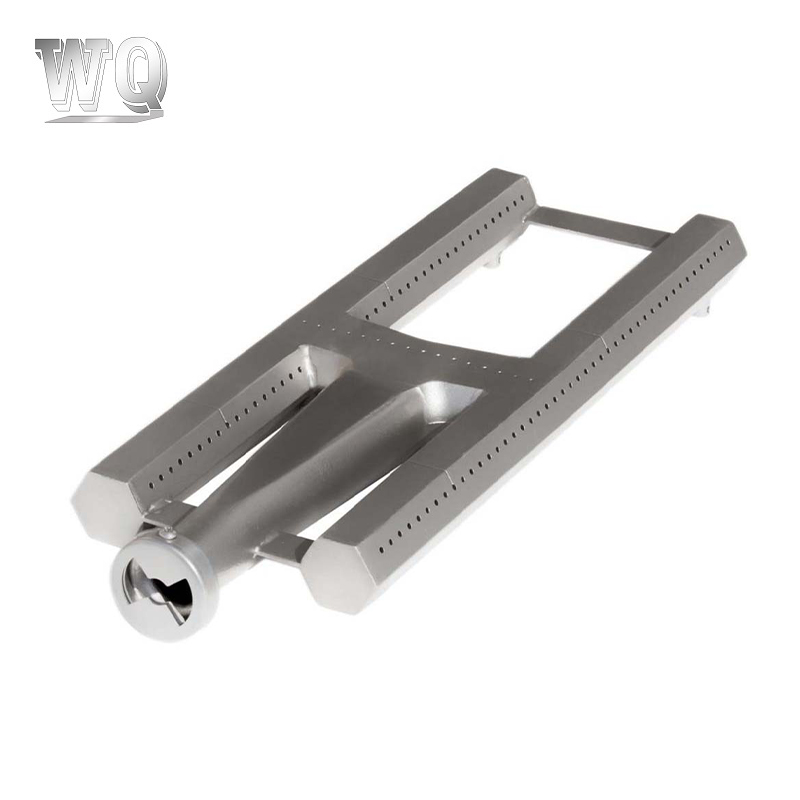
Improve the use environment
Avoid contact with acidic substances
Food residues produced during the grilling process (such as acidic liquids such as lemon juice and vinegar) may accelerate the corrosion of stainless steel. Clean the burner regularly to prevent these substances from staying for a long time.
Reduce salt exposure
In coastal areas or when salt-containing seasonings are frequently used, special attention should be paid to cleaning the burner to prevent salt accumulation and pitting corrosion.
Control temperature changes
Excessive temperature differences may cause condensation on the surface of stainless steel, increasing the possibility of corrosion. Try to avoid exposing the burner directly from a high temperature state to a low temperature environment.
Enhance daily maintenance
Regular cleaning
Use a soft brush or damp cloth to remove grease, food residue and other contaminants from the burner. Avoid using hard tools to scrape the surface to avoid damaging the protective layer.
For stubborn stains, you can use a neutral detergent to clean, but rinse thoroughly and wipe dry.
Unblock the burner hole
Blocked burner holes will not only affect the uniformity of the flame, but may also cause local overheating, which will aggravate corrosion. You can use a fine needle or special tools to clean the burner hole regularly.
Dry storage
When the grill is not in use, cover the equipment with a waterproof cover to prevent rain or moisture from intruding. At the same time, ensure that the burner is in a well-ventilated environment to avoid water accumulation.
Seasonal maintenance
If the grill is not used for a long time (such as in winter), you can apply a thin layer of food-grade lubricant on the surface of the burner to form an additional protective barrier.
Design improvements to enhance corrosion resistance
Optimize drainage design
The design of the burner should take into account the drainage needs to ensure that condensed water or rainwater can be quickly discharged and will not be retained on the burner surface.
Reduce gaps and grooves
Try to choose a design with no gaps or few grooves to reduce dirt accumulation and corrosion risks.
Increase insulation measures
Installing an insulation board under the burner can reduce the bottom temperature and reduce the formation of condensed water, thereby indirectly extending the service life of the burner.
Through the above methods, the corrosion resistance of the stainless steel barbecue burner can be significantly improved, so that it can maintain good performance and appearance in various environments. Whether it is material selection or daily maintenance, it is necessary to comprehensively consider the actual use conditions to achieve the best results.




